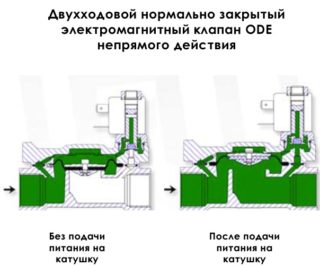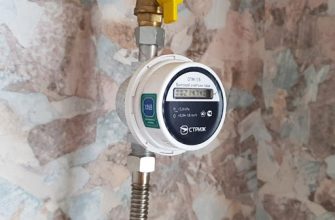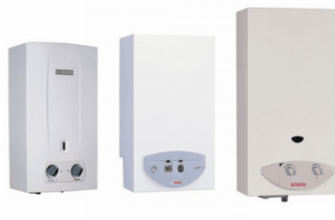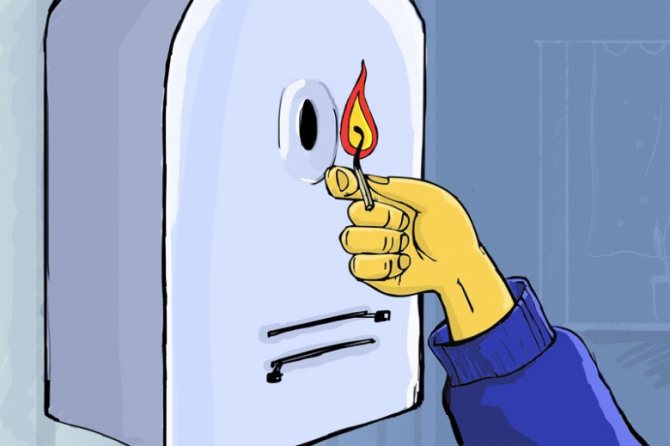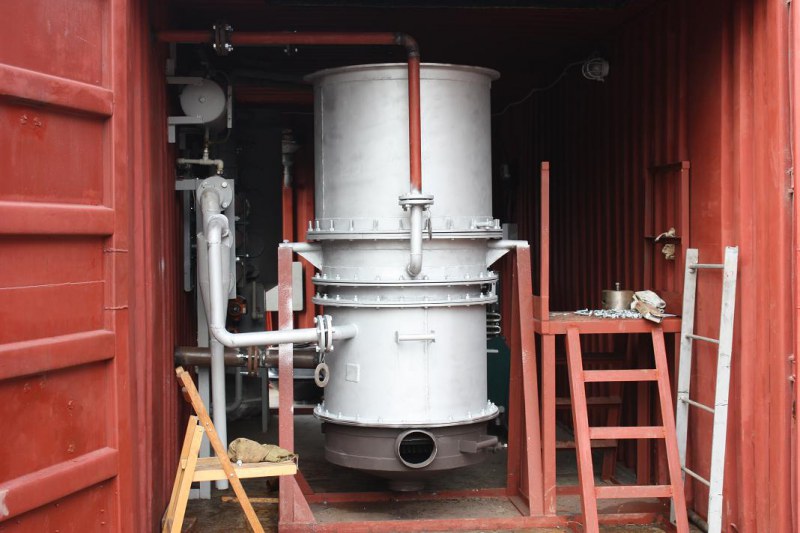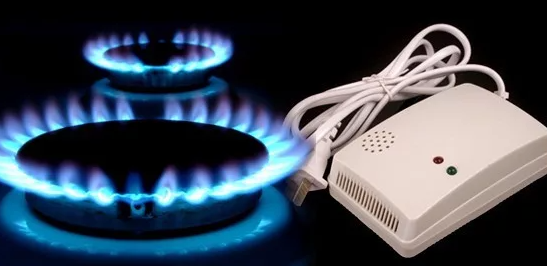The modern gas solenoid valve is a type of shut-off valve and is used to control the flow of gas and liquid in the pipeline system. Parts are divided into several types, each of which has its own characteristics. When choosing a valve, you need to take into account its scope, selection criteria and nuances regarding installation.
- Purpose and device
- Gas valve classification
- By type of execution
- By type of working environment
- By the features of operation
- By the principle of action
- From the number of saddle strokes
- By type of control
- By functional type
- Principle of operation
- Scope of application
- Valve selection criteria
- Installing the appliance
- Advantages and disadvantages
Purpose and device
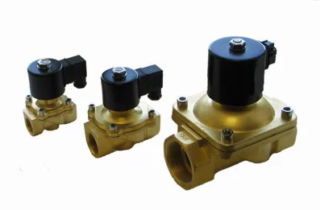
A gas valve of this type can be a control valve or a shut-off valve, it is controlled manually or using an automatic system. By design and purpose, this element resembles its standard counterpart with the difference that the obturator in it is set in motion by an electromagnet supplemented with a movable core. When the coil is energized, it begins to push or pull in the core that is connected to the stem. Such a part is intended for use in industrial installations, domestic heating systems and in the field of water supply. The valve device has a standard design:
- body with two nozzles;
- saddle chamber;
- obturator of disc, petal or spherical type;
- spring with return;
- stem for connection with obturator and core;
- solenoid.
The housing for installation is made of non-magnetic type metal alloys or durable plastic. Its optimum tightness allows the valve to be used in a variety of environments. The part is controlled by wires that are connected to the electrical contacts of the sensor located on the outside of the housing.
The valve must meet the required level of resistance to noise, vibration and electromagnetic fields.
Gas valve classification
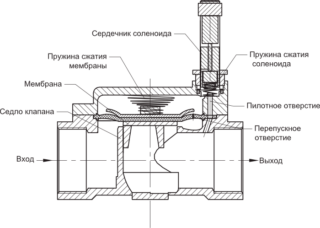
The solenoid valve for domestic gas is divided into categories depending on external features, working environment, mode of operation and installation, as well as a number of other nuances.
By type of execution
Taking into account the position of the main element and its scheme, the gas shut-off valve can be normally open or closed. In the first case, a passage for gas or liquid will be open in the element, when voltage is applied, it will automatically close, in the second case, this process is the other way around. In addition to such devices, there are their universal counterparts that work in two directions at once.
By type of working environment
Taking this parameter into account, valves of this type are produced specifically for operation in air, steam, water, fuels and lubricants or active media. Devices operating under radiation conditions are made of special resistant materials.
By the features of operation
According to the characteristics of the external environment, the gas solenoid valve is manufactured for operation under normal conditions, especially for rooms with a high level of humidity, operation at high and extremely low temperatures. The valves are also complemented with explosion protection, which is ensured by special parts and materials.
By the principle of action
The operating principle of the solenoid valve depends on the type of coil voltage, which can be AC or DC. Elements of the first type are used for high-pressure main pipelines, the second - for pipes with a small cross-section and low pressure.
From the number of saddle strokes
The functioning of the element is affected by the number of strokes, depending on which it can be one-way, two-way or three-way, taking into account the number and type of valve nozzles. Depending on the design, they come in and out.
By type of control
The domestic gas solenoid valve works in two ways, according to the type of control, such fittings can be direct or indirect. Parts of the first type are designed for media with a complete absence of pressure, their counterparts of the second type are supplemented with a pilot element, which is triggered automatically when there are differences in the medium at the inlet and outlet.
By functional type
The functionality of the valve depends on the material from which it is made. Most often, such elements are made from elastic polymers of various groups, which are made using a special technology. Due to their high strength, they can withstand temperatures from -40 to +250 degrees.
Principle of operation
The operation of the device is based on the principle of electromagnetic instructions, when a current flows through the coil, a magnetic field is formed inside it, affecting the core, depending on the position of which the gate element opens or closes. The valve for any gas pipe can have a different control voltage. Low-level devices are small in power, so they operate on low-voltage semiconductor circuits. Such valves are used in systems with low pressure of working media, on gas pipelines with a small diameter.
AC drives are considered more efficient, for this reason they can be installed on high pressure main pipelines.
Scope of application
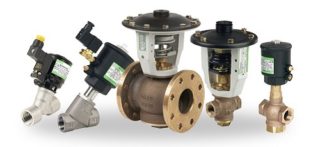
The standard solenoid gas valve has a wide range of applications and can be used in all areas where there is a need to control remote flows of liquids and gases. This list includes heating, water treatment and water supply systems, irrigation and sewerage systems, household appliances, pipeline transport. The device is rarely used for vehicles, but its relevance is increasing in other industries.
Valve selection criteria
To select a valve that is capable of fully regulating liquid and gas flows, you need to pay attention to the basic parameters. The main criterion is the working pressure of the part, which must correspond to the system in which it will be installed, the limit value can reach 200C. In addition, the connection diameter is taken into account, measured in inches or millimeters. It is worth remembering that the flow area of the device is often less than the nominal bore. You will also need to take into account the environment of use of the part, which must be compatible with the material from which it is made, and the voltage of the valve coil, which is 24 or 220 volts.
Installing the appliance
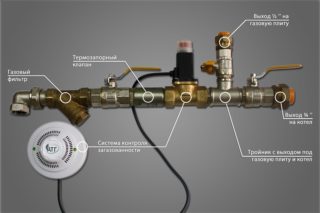
The valve connection is carried out by specialists or independently with the appropriate skills and qualifications. First, the principle of connecting the part is determined, which can be threaded or flanged.
In the first case, the outlet and inlet pipe will be supplemented with an external or internal thread and fittings through which the fittings are built into the pipeline, this method is considered more convenient for DIY installation.
In the second case, the branch pipes and pipe ends are supplemented with flanges tightened with bolts together. This option is more often used for lines with medium or high pressure. Before installation, you will need to mark, cut and clean the pipes, as well as choose a suitable place for the device.The device is connected in accordance with the directions of the arrows printed on its body, which indicate the direction of flow.
The piping system must be supplemented with a filter that prevents the ingress of contaminants. When connecting the valve, you must follow the safety rules and recommendations of professionals.
Advantages and disadvantages
The solenoid gas valve has many advantages and almost no disadvantages. Its main advantage lies in the ability to quickly and remotely regulate flows in a production environment. It can be used to connect to an automated and centralized control system, which significantly increases the efficiency and accuracy of parameter control compared to manual operation.
The element helps to significantly reduce the cost of technological processes, improve production safety and reduce the impact of hazardous factors in the production environment, as well as increase the efficiency of various devices and installations. The solenoid valve drive is not equipped with gear and worm gear, which significantly increases its reliability and ease of control.
The main disadvantage of the device is the lack of the possibility of smooth regulation of the opening of the shutter, which can only be in the open or closed position.

